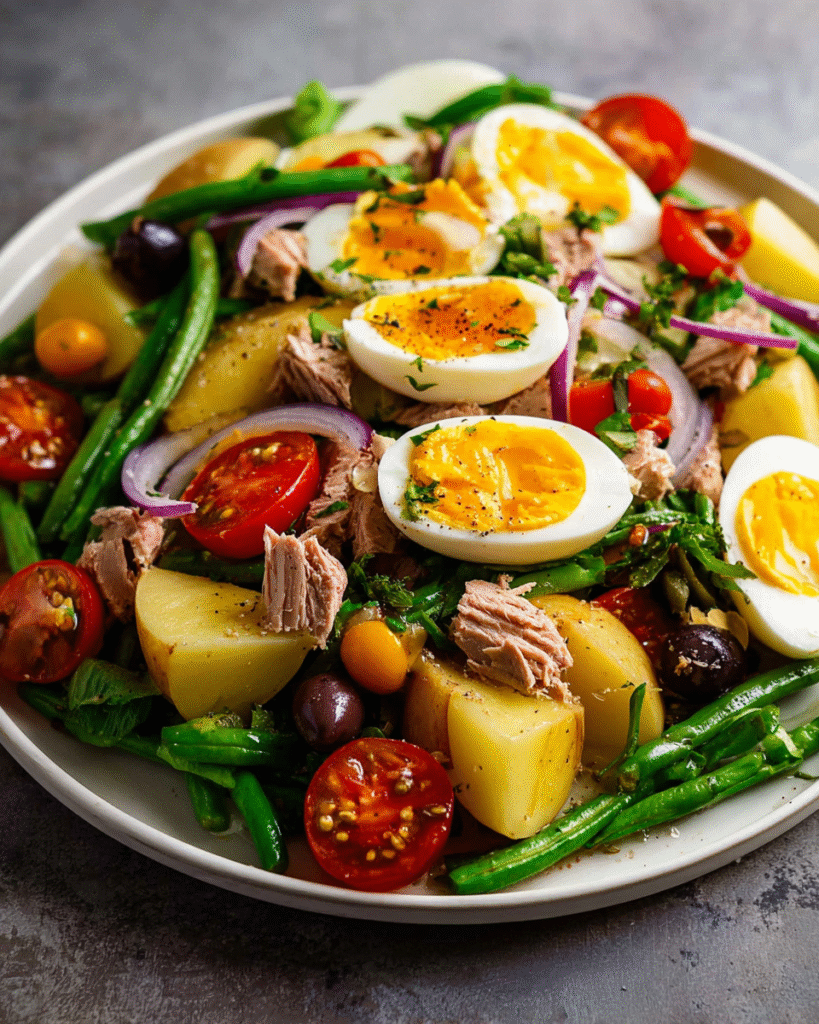
The Classic Niçoise Salad is more than just a salad—it is a colorful celebration of Mediterranean flavors. Known for its harmony of textures and vibrant ingredients, this dish has become an international favorite while still holding its French Riviera roots. It combines crisp vegetables, tender potatoes, protein-rich eggs, and savory tuna, all brought together with the rich flavor of extra virgin olive oil.
Unlike many salads that are tossed together, the Niçoise is a composed dish. Each element is carefully prepared and then arranged, almost like a work of art, creating a balanced plate that is as beautiful as it is delicious. It embodies the Mediterranean diet philosophy of fresh, seasonal produce paired with healthy proteins and heart-nourishing oils.
This dish is perfect for summer gatherings, casual lunches, or even as a light dinner. It is filling enough to stand alone as a meal yet refreshing and bright on the palate. By learning its preparation step by step, you will not only master a timeless recipe but also connect to the traditions of French coastal cooking.
Overview of the Niçoise Salad
Originating in Nice, a picturesque city along the French Riviera, the Niçoise salad has a reputation for freshness and simplicity. Traditional versions emphasized raw vegetables such as tomatoes and anchovies dressed with olive oil. Over time, other ingredients found their way into the recipe, including green beans, boiled potatoes, and eggs, making it heartier and more versatile.
Today, there are two common approaches: the purist version, which avoids cooked vegetables, and the modern version, which includes blanched beans and tender potatoes. The recipe we explore here blends tradition with practicality, resulting in a balanced dish that is both satisfying and accessible to home cooks worldwide.
What makes this salad stand out is its emphasis on balance: sweet cherry tomatoes meet the sharp bite of red onion, creamy potatoes are lifted by briny olives, and delicate tuna pairs seamlessly with hard-boiled eggs. Each bite feels complete, giving layers of flavor and texture.
Brief History and Cultural Significance
The Niçoise salad began as a humble dish in Nice, eaten by fishermen and locals who relied on readily available produce and preserved fish. Early records show it as a simple mix of tomatoes, anchovies, and olive oil—straightforward yet deeply flavorful. As trade expanded and culinary tastes evolved, cooks added eggs, green beans, and potatoes.
The addition of tuna, particularly canned tuna, spread during the 20th century as a practical protein that could be stored easily. This shift made the salad popular in households far beyond the French Riviera. While some purists argue against potatoes and green beans, these additions have now become standard in many versions around the world.
Its cultural significance lies in how it reflects Mediterranean living: fresh, sun-ripened vegetables, seafood, and olive oil all symbolize health, vibrancy, and a close connection to the land and sea. Today, the Niçoise salad is served everywhere from rustic French cafés to fine dining restaurants, proving its versatility and timeless charm.
Preparation Phase & Tools to Use
Before starting the recipe, preparation is key. Gathering the right tools and ingredients ensures smooth cooking and flawless results.
Essential Tools and Equipment
- Cutting board and sharp knife – For cleanly slicing vegetables and eggs.
- Large pot – To boil potatoes and eggs.
- Medium pot or saucepan – For blanching green beans.
- Colander or strainer – To drain potatoes and beans quickly.
- Mixing bowls – Useful for tossing vegetables or preparing dressing.
- Large platter or salad bowl – For assembling and presenting the salad.
- Tongs or salad servers – To arrange and serve the ingredients without damaging them.
Importance of Each Tool
- A sharp knife prevents vegetables from bruising and maintains clean textures.
- A colander ensures potatoes and beans don’t become waterlogged after cooking.
- Plating on a wide dish or platter allows the salad to retain its signature composed style, where each ingredient remains visible.
Preparation Tips
- Wash vegetables thoroughly and dry them to keep the salad crisp.
- Use room-temperature olive oil for the dressing to maximize flavor.
- Prepare an ice bath to shock the beans after blanching, preserving their bright green color.
- Cook eggs slightly ahead of time, then chill them for easier peeling.
Recipe Specifications
- Prep Time: 20 minutes
- Cook Time: 20 minutes
- Cooling Time: 10 minutes (optional for beans and potatoes)
- Total Time: Approximately 50 minutes
- Servings: 4 portions
- Yield: One large platter or bowl of salad
Ingredients List
- 4 cups chopped lettuce (such as Romaine or butter lettuce)
- 1 cup cherry tomatoes, halved
- ½ medium red onion, thinly sliced
- 1 cup green beans, trimmed and cooked
- 2 medium boiled potatoes, cubed
- 4 hard-boiled eggs, quartered
- 1 can (about 5–6 oz) tuna chunks, drained
- ½ cup black olives (preferably Niçoise or Kalamata)
- 2 tablespoons capers (optional)
- 3 tablespoons extra virgin olive oil
- Salt, to taste
- Black pepper, to taste
Step-by-Step Instructions
- Prepare the Lettuce
- Rinse the lettuce leaves in cold water.
- Pat dry with a towel or use a salad spinner to remove excess moisture.
- Chop into bite-sized pieces and set aside.
- Cook the Green Beans
- Bring a pot of salted water to a boil.
- Add trimmed green beans and cook for 3–4 minutes until tender but still crisp.
- Immediately transfer beans into a bowl of ice water.
- Drain well and set aside.
- Boil the Potatoes
- Place potatoes in a pot of cold salted water.
- Bring to a boil, reduce heat, and simmer until tender when pierced with a fork.
- Drain and cool slightly before cutting into cubes.
- Boil the Eggs
- Place eggs in a pot of water and bring to a gentle boil.
- Cook for about 9–10 minutes for firm yolks.
- Remove and transfer to an ice bath to stop cooking.
- Peel and cut into quarters.
- Prepare the Tuna
- Open the can and drain excess liquid.
- Flake the tuna gently into chunks, avoiding over-breaking the texture.
- Slice the Onion and Tomatoes
- Thinly slice the red onion for a mild but noticeable bite.
- Halve the cherry tomatoes to release their sweetness and juice.
- Assemble the Salad
- On a large platter, begin with a layer of lettuce.
- Arrange potatoes, green beans, eggs, tomatoes, onions, tuna, and olives in neat sections or a circular pattern.
- Scatter capers if using.
- Season and Dress
- Drizzle extra virgin olive oil generously over the salad.
- Sprinkle with salt and freshly cracked black pepper.
- Toss lightly if preferred, or serve composed with dressing on top.
- Serve and Enjoy
- Serve immediately at room temperature.
- Pair with crusty bread or enjoy as a standalone meal.
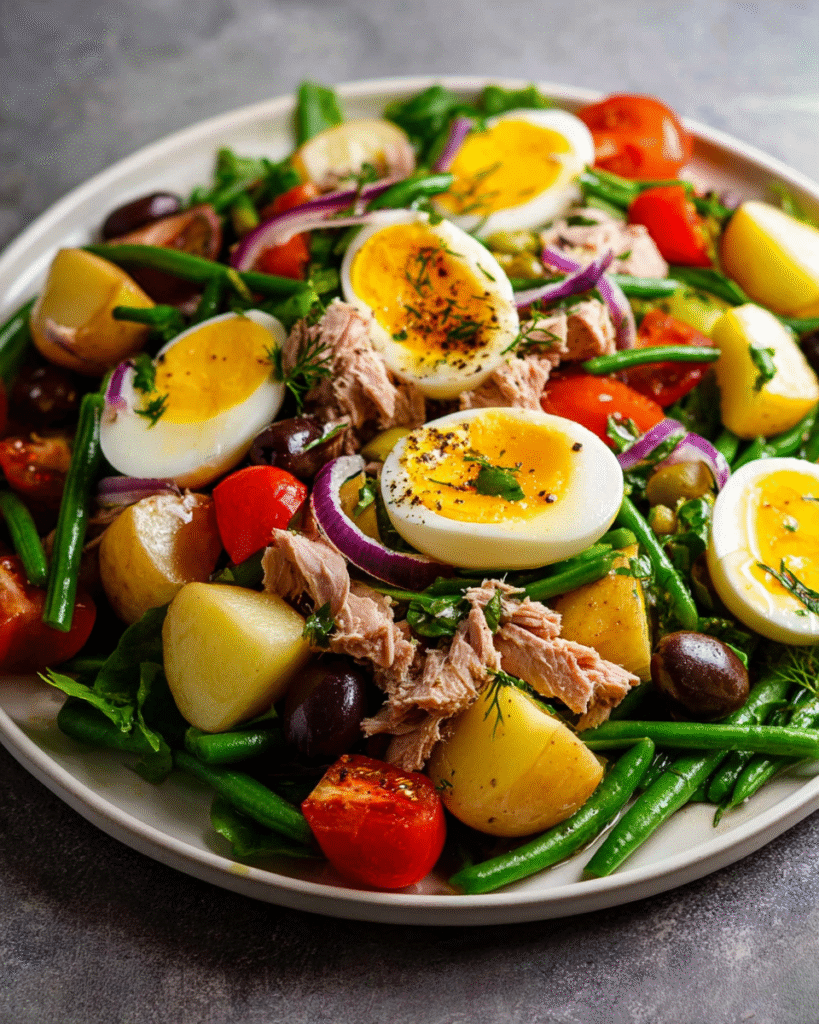
Side Dish Recommendations
The Classic Niçoise Salad with Tuna and Eggs is filling enough to be a main dish, but it shines even brighter when served with complementary side dishes. Choosing the right accompaniments can enhance its Mediterranean character and create a balanced meal. Below are eight delicious side dish ideas, each offering unique flavors and textures that pair seamlessly with the freshness of Niçoise salad.
Grilled Provencal Vegetables
Char-grilled zucchini, eggplant, and bell peppers seasoned with olive oil and herbs de Provence bring smoky depth to the meal. Their caramelized edges contrast beautifully with the crisp freshness of the salad. A squeeze of lemon over the vegetables ties them directly into the Mediterranean flavor profile.
Crostini with Tapenade
Slices of toasted baguette topped with a rich olive tapenade create a salty, savory bite that mirrors the briny notes of olives and capers in the salad. Crostini add crunch and make the meal more satisfying, especially when served as an appetizer before the main salad.
Garlic-Herb Roasted Potatoes
Although the salad already includes boiled potatoes, roasted potatoes with garlic and rosemary provide a rustic, hearty option for larger gatherings. The golden crust and aromatic herbs add variety to the plate without overpowering the salad.
Ratatouille
A classic Provençal vegetable stew made with eggplant, zucchini, peppers, tomatoes, and onions. Its rich, slow-cooked flavor balances the bright freshness of the Niçoise. Serving the salad alongside ratatouille creates a true taste of southern France on the table.
French Baguette with Herbed Butter
Nothing complements a salad better than fresh bread. A warm baguette served with butter blended with parsley, garlic, or basil offers a simple yet irresistible addition. Guests can use the bread to soak up the olive oil dressing left on the plate.
Marinated Artichokes and Sun-Dried Tomatoes
Tangy marinated artichokes and chewy sun-dried tomatoes offer intense bursts of flavor. Their acidity cuts through the richness of tuna and eggs, providing a refreshing balance. They can be served on a small platter alongside the salad.
White Bean Salad with Herbs
A light bean salad dressed with olive oil, lemon juice, and parsley doubles down on Mediterranean protein and fiber. It pairs naturally with the Niçoise without competing, especially when flavored with thyme or oregano.
Steamed Asparagus with Lemon Zest
Delicate asparagus spears steamed until just tender and topped with lemon zest make a refined side dish. Their subtle flavor complements the stronger notes of tuna, olives, and onions in the Niçoise.
Nutritional Information and Health Benefits
The Niçoise Salad is celebrated not just for its taste but also for its nutritional balance. It incorporates lean protein, healthy fats, complex carbohydrates, and a variety of vegetables, making it one of the most complete meals you can prepare.
Macronutrient Breakdown
- Protein: Tuna and eggs provide high-quality protein essential for muscle repair and energy.
- Carbohydrates: Boiled potatoes add slow-digesting starch, offering sustained energy. Green beans and lettuce supply dietary fiber for digestive health.
- Fats: Extra virgin olive oil and tuna deliver heart-healthy unsaturated fats that support cardiovascular wellness.
- Fiber: Lettuce, onions, tomatoes, and beans all contribute fiber, keeping the meal filling and aiding in digestion.
Vitamins and Minerals
- Vitamin A: Found in tomatoes, lettuce, and eggs, promoting eye health and skin vitality.
- Vitamin C: Abundant in green beans and tomatoes, boosting the immune system and aiding collagen production.
- Vitamin K: Lettuce and green beans provide this nutrient, vital for blood clotting and bone strength.
- B Vitamins: Eggs and tuna are rich in B12, supporting nerve health and red blood cell formation.
- Iron: Tuna, eggs, and green vegetables contribute to oxygen transport and energy levels.
- Potassium: Present in potatoes and beans, helping regulate fluid balance and blood pressure.
Health Benefits
- Supports heart health due to olive oil and fish oils.
- Provides a complete meal in one dish, reducing the need for processed sides.
- Helps maintain energy through a balance of carbs, proteins, and fats.
- Rich in antioxidants from fresh vegetables, reducing oxidative stress.
- Suitable for those following a Mediterranean diet, widely recognized as one of the healthiest eating patterns.
Potential Concerns
- Sodium: Olives, capers, and canned tuna may raise salt content. Use low-sodium options or rinse tuna before use.
- Cholesterol: Eggs add cholesterol, but when consumed in moderation, they remain part of a balanced diet.
- Allergens: Fish and eggs are common allergens; alternatives like beans or tofu can be substituted for those with sensitivities.
Common Mistakes to Avoid and How to Perfect the Recipe
Even a simple recipe like Niçoise salad can go wrong if not handled carefully. Here are the most common mistakes and how to avoid them:
Overcooking Potatoes and Green Beans
When overcooked, potatoes become mushy and green beans lose their vibrant color and snap. Always test potatoes with a fork and blanch beans for just a few minutes before shocking them in ice water.
Poorly Cooked or Peeled Eggs
Undercooked eggs can have runny yolks, while overcooked ones develop a greenish ring. For perfectly hard-boiled eggs, simmer gently for about 9–10 minutes and cool immediately in ice water. Peel carefully to maintain neat quarters.
Using Low-Quality Tuna or Olives
Canned tuna with too much brine or oil can overwhelm the dish. Choose good-quality tuna packed in water or olive oil. Likewise, select firm, flavorful olives instead of overly salty ones.
Imbalance in Dressing
Too much olive oil can leave the salad greasy, while too little makes it taste flat. Drizzle lightly, taste, and adjust. For added brightness, squeeze lemon juice or whisk in a touch of mustard.
Serving Too Warm
The salad tastes best when served slightly cool or at room temperature. Preparing ingredients ahead of time and chilling them lightly ensures maximum freshness.
Cutting Ingredients Unevenly
Large chunks of potatoes or tomatoes can overshadow delicate beans and olives. Aim for consistent bite-sized pieces so each forkful carries balanced flavor.
Neglecting Presentation
Unlike tossed salads, the Niçoise is meant to be composed. Arrange ingredients in sections or circles to highlight their colors. A well-presented platter not only pleases the eye but also invites everyone to serve themselves easily.

Tips and Notes
Crafting the perfect Niçoise Salad with Tuna and Eggs requires more than just following instructions. Small details in preparation and presentation can elevate the dish from ordinary to extraordinary.
- Use seasonal produce: The salad’s flavor depends heavily on freshness. Tomatoes at peak ripeness and crisp green beans make the biggest difference.
- Choose the right lettuce: Romaine adds crunch, butter lettuce offers softness, and mixed greens give variety. Avoid iceberg, as it lacks the Mediterranean character.
- Experiment with tuna: While canned tuna is convenient, seared fresh tuna steaks add a luxurious touch. Cook them briefly so the center remains pink and tender.
- Play with eggs: Hard-boiled eggs are classic, but medium-boiled eggs with a slightly soft yolk create a creamier texture.
- Add herbs: Fresh basil, parsley, or thyme scattered across the platter bring aromatic depth. They highlight the Provençal roots of the dish.
- Customize the dressing: A drizzle of plain olive oil is authentic, but you can whisk oil with lemon juice, Dijon mustard, or vinegar for extra brightness.
- Prep ahead of time: Boil potatoes and eggs a day earlier. Blanch beans and keep them chilled. On the day of serving, assembly will take only minutes.
- Scale for gatherings: Double or triple the recipe when hosting. Use a large serving platter so each ingredient is displayed without crowding.
Storing and Reheating
Salads are best enjoyed fresh, but Niçoise has the advantage of holding up better than leafy green salads because many of its components are cooked. With proper storage, you can enjoy leftovers the next day.
- Refrigeration: Place leftovers in an airtight container. Keep ingredients like lettuce separate from wetter items such as tomatoes and tuna to prevent sogginess.
- Shelf life: The salad will stay fresh for up to 24 hours. After that, potatoes may soften and lettuce may wilt.
- Eggs and tuna: Both should be consumed within a day once mixed into the salad for food safety.
- Reviving before serving: If the salad has dried out, drizzle with a touch more olive oil before serving. Allow it to sit at room temperature for 10 minutes to regain flavor.
- Avoid reheating: This is not a dish meant for reheating. Warmth can spoil the texture of tuna, eggs, and lettuce. If needed, only gently warm the potatoes separately.
Frequently Asked Questions
Can I use fresh tuna instead of canned?
Yes. Fresh tuna seared lightly in a pan makes the salad more elegant. Slice it into thick strips and arrange them across the platter.
Are potatoes and green beans traditional?
Purists argue they are later additions, but modern versions almost always include them. They make the salad more filling and balanced.
Can I omit the lettuce?
Yes. While lettuce adds freshness and bulk, the salad can be made entirely with vegetables, tuna, and eggs in a more rustic style.
What type of olives are best?
Niçoise olives are traditional, but Kalamata or other small black olives work well. Choose ones with firm texture and natural brine.
How do I make the perfect hard-boiled egg?
Simmer eggs for 9–10 minutes, then plunge them into ice water. This ensures easy peeling and bright yellow yolks without green rings.
Can the salad be made vegetarian or vegan?
For a vegetarian version, omit tuna and add more beans or chickpeas. For vegan, omit tuna and eggs, and replace them with marinated tofu or roasted chickpeas for protein.
What dressing is traditional?
Olive oil is the foundation. Some versions use a light vinaigrette with mustard, vinegar, or lemon juice, but the dressing should remain simple to highlight the ingredients.
Should anchovies be included?
Anchovies were part of the earliest Niçoise salads. Some recipes still include them alongside or instead of tuna. Their salty punch makes the salad bolder in flavor.
Conclusion
The Classic Niçoise Salad with Tuna and Eggs is a dish that proves simplicity and freshness can create something extraordinary. Each ingredient plays an important role, from the creaminess of boiled potatoes to the salty bite of olives and the richness of tuna. Together, they form a balanced meal that satisfies without feeling heavy.
This salad connects you to the traditions of the French Riviera, where people value sun-ripened produce, wholesome seafood, and the art of eating slowly with friends and family. Whether you prepare it for a summer picnic, a light dinner, or a special gathering, it will always deliver vibrant flavor and beauty on the plate.
By understanding its history, following careful preparation, and avoiding common mistakes, you can bring a touch of Mediterranean sunshine into your kitchen. The Niçoise salad isn’t just a recipe—it’s a celebration of balance, freshness, and the joy of sharing food.

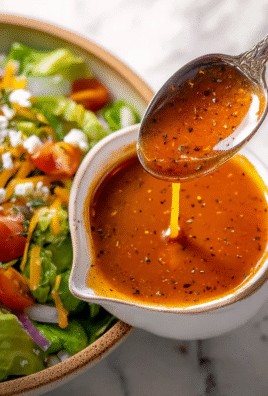
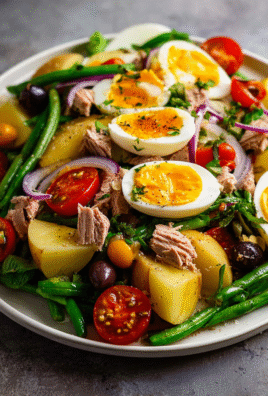
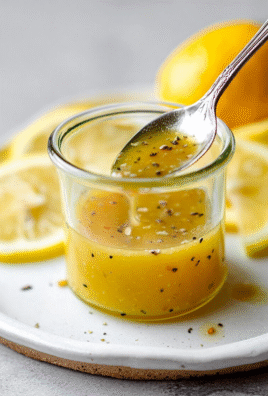
Leave a Comment